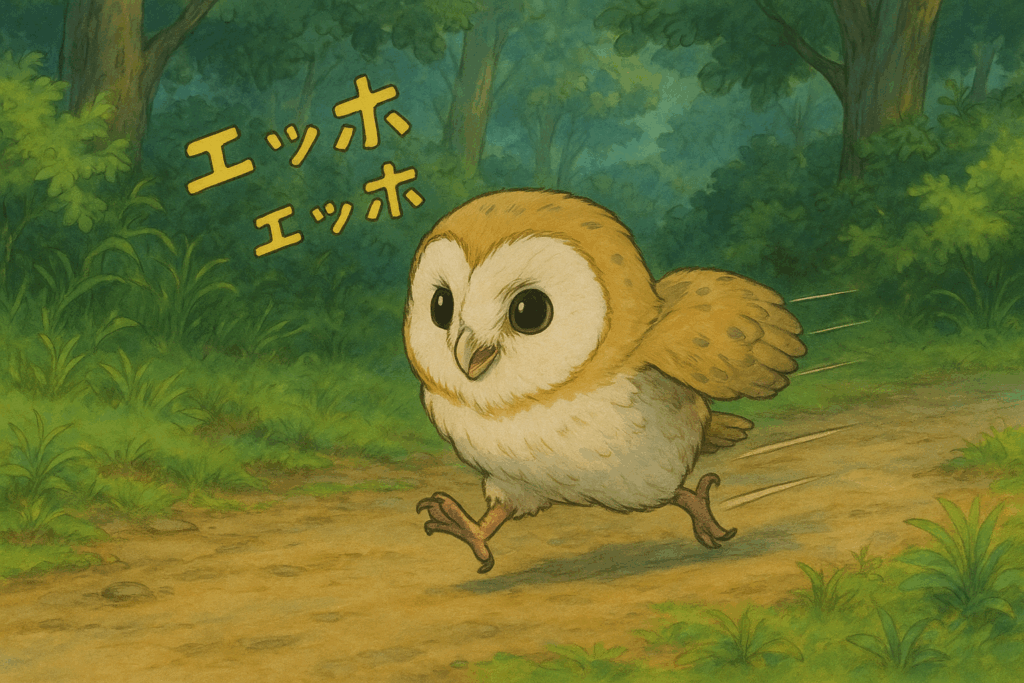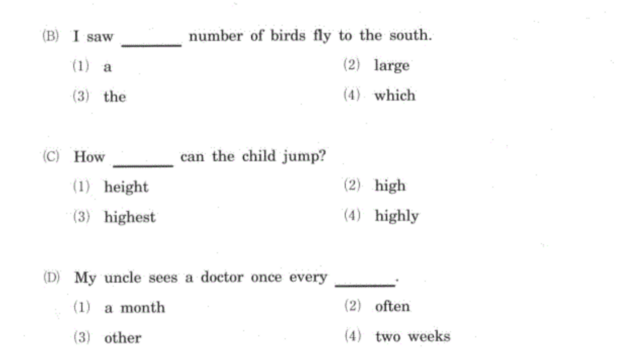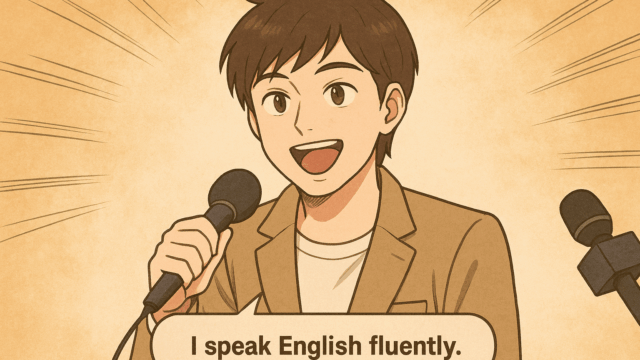2025年上半期、Z世代が選んだ流行語トップ10!「エッホエッホ」から「風呂キャン」まで、若者言葉の最前線
Top 10 Trending Words Among Gen Z in First Half of 2025! From “Ehho Ehho” to “Bath Cancellation” – The Forefront of Youth Slang
日本語:2025年も半分が過ぎようとしている今、Z世代の間でどんな言葉が流行っているのでしょうか?SNSやTikTokを中心に広がった最新の流行語ランキングが発表されました。メンフクロウから生まれた謎のフレーズから、日常のリアルな姿を映し出す言葉まで、今回のランキングには若者たちの多様な価値観が詰まっています。
【参考記事】
『Z世代が選ぶ2025上半期トレンドランキング』をZ総研が発表! | 株式会社N.D.Promotionのプレスリリース
流行語ランキング詳細 / Detailed Ranking
1
エッホエッホ (24.8%) / Ehho Ehho
日本語:堂々の第1位に輝いたのは「エッホエッホ」。なんとも不思議な響きのこの言葉、実はメンフクロウのヒナが草の上を駆ける愛らしい写真から生まれました。「エッホエッホ、○○って伝えなきゃ〜」という定型文として使われ、そのシュールな音の響きと情報共有のフォーマットとして自然に広まりました。何か伝えたいことがあるとき、この魔法の言葉を使えば、なぜか親しみやすく伝わるという不思議な効果があります。
English: Taking the crown is “Ehho Ehho.” This word with its mysterious sound actually originated from an adorable photo of a barn owl chick running on grass. Used in the template phrase “Ehho Ehho, I have to tell you about ○○~,” it naturally spread as both a surreal sound and a format for sharing information. When you want to convey something, this magical phrase somehow makes it more approachable and relatable.
2
ビジュいいじゃん (17.8%) / Biju ii jan (Your visuals are great)
日本語:M!LKの楽曲『イイじゃん』から生まれた「ビジュいいじゃん」が第2位にランクイン。「今日ビジュイイじゃん」というフレーズがTikTokで爆発的に広がり、ビジュアルが”映えている”人や投稿への最高の褒め言葉として定着しました。推しや友達の写真を見たときに思わず口から出てしまう、Z世代の新定番フレーズです。
English: Born from M!LK’s song “Ii jan,” “Biju ii jan” claimed second place. The phrase “Today’s visuals are great” exploded on TikTok and became established as the ultimate compliment for people or posts that are visually “stunning.” It’s Gen Z’s new go-to phrase that naturally slips out when seeing photos of their favorites or friends.
3
メロい (8.2%) / Melo-i
日本語:「メロメロになるほど魅力的」を短縮した「メロい」が第3位に。アイドルや推しのキュンとする瞬間に「メロい!」と叫ぶ若者たちの姿が日常風景になりました。恋愛でも推し活でも使える万能な感情表現として、高揚感を表すのにぴったりな言葉です。
English: “Melo-i,” short for “so charming it makes me melt,” took third place. Young people shouting “Melo-i!” at heart-fluttering moments with idols or their favorites has become an everyday scene. As a versatile emotional expression useful for both romance and fan activities, it’s the perfect word for expressing excitement.
4
ルビィちゃん!何が好き? (8.1%) / Ruby-chan! What do you like?
日本語:アニメ『ラブライブ!サンシャイン!!』の黒澤ルビィから生まれたこのフレーズ。TikTokでパロディとして拡散され、そのかわいさとテンポの良さで多くの人を虜にしました。何かを聞きたいときの新しい問いかけ方として、Z世代の間で愛されています。
English: This phrase originated from Kurosawa Ruby in the anime “Love Live! Sunshine!!” It spread on TikTok as a parody, captivating many with its cuteness and good rhythm. It’s beloved among Gen Z as a new way to ask questions.
5
○○界隈 (4.8%) / ○○ Kaiwai (○○ Community)
日本語:「○○に熱中する人たち」を表す「界隈」という言葉が、若者の仲間意識を表現する重要なキーワードに。オタク界隈、ナチュラル界隈など、自分の所属するコミュニティを示すことで、共感できる仲間を見つけやすくなりました。
English: The word “kaiwai” (community/circle) representing “people passionate about ○○” has become an important keyword expressing young people’s sense of belonging. By indicating their community, such as otaku kaiwai or natural kaiwai, it’s become easier to find like-minded people.
6
まずは、ありがとう (3.3%) / First of all, thank you
日本語:SNSで「最初に感謝を伝える」定型フレーズとして広まったこの言葉。リアリティ番組『今日好き』や『あいのり』などの影響もあり、対人関係の潤滑油として、またネタとしても使われています。
English: This phrase spread on SNS as a template for “expressing gratitude first.” Influenced by reality shows like “Kyou Suki” and “Ainori,” it’s used both as social lubricant and as a meme.
7
ぷくぷく界隈 (2.9%) / Puku puku Kaiwai (Bubble Community)
日本語:シャボン玉のような弾ける音をBGMに、白やピンクを基調とした”キラキラした日常”を投稿する女性クリエイターたちのコミュニティを指す造語。視覚的にも聴覚的にも心地よい世界観が特徴です。
English: A coined term referring to the community of female creators who post “sparkling daily life” content with bubble-like popping sounds as BGM and white/pink color schemes. It’s characterized by a worldview that’s pleasant both visually and audibly.
8
生まれ持った顔ポーカー (2.1%) / Born with a Poker Face
日本語:「ポーカーフェイス」と「生まれつきの無表情顔」を掛け合わせた秀逸な造語。写真でも普段でも表情が変わらずクールな人を、愛情を込めて表現する言葉として使われています。
English: A brilliant portmanteau combining “poker face” and “naturally expressionless face.” Used affectionately to describe people who remain cool and expressionless both in photos and everyday life.
9
ほんmoney (1.4%) / Hon-money
日本語:「ほんまに(本当に)」と「money(お金)」のダジャレから生まれた言葉。感謝や強調の意味で「ほんmoney!」と使われ、Z世代特有のユーモアセンスが光ります。
English: A pun born from “honma ni (really)” and “money.” Used for emphasis or gratitude as “Hon-money!”, it showcases Gen Z’s unique sense of humor.
10
風呂キャン界隈 (1.0%) / Bath Cancellation Community
日本語:「入浴キャンセル」を日常的に行う人々が集うコミュニティ。疲れやメンタル不調などの背景も含め、現代の若者のリアルな生活が垣間見える言葉として、多くの共感と議論を呼びました。
English: A community of people who regularly “cancel bathing.” Including backgrounds of fatigue and mental health issues, it sparked much empathy and discussion as a word revealing the real lives of modern youth.
まとめ:Z世代流行語が映し出す3つのトレンド / Summary: Three Trends Reflected in Gen Z Buzzwords
日本語:今回のランキングから見えてきたのは、Z世代の言葉の生まれ方と使われ方の特徴です。
English: What emerged from this ranking are the characteristics of how Gen Z creates and uses language.
1. ミーム文化の浸透 / Penetration of Meme Culture
日本語:「エッホエッホ」のように、音の響きや語感の面白さから広がる言葉が上位にランクイン。SNSのミーム文化がZ世代の言語感覚に大きな影響を与えています。
English: Words spreading from sound and phonetic appeal, like “Ehho Ehho,” ranked high. SNS meme culture significantly influences Gen Z’s linguistic sensibilities.
2. コミュニティへの帰属意識 / Sense of Community Belonging
日本語:「○○界隈」という表現が複数ランクインしたことから、自分の居場所や仲間を見つけたいという若者たちの思いが見て取れます。
English: Multiple instances of “○○ kaiwai” expressions ranking show young people’s desire to find their place and companions.
3. リアルな感情の表現 / Expression of Real Emotions
日本語:「風呂キャン界隈」や「まずは、ありがとう」など、メンタルヘルスや日常の感情をオープンに表現する姿勢も特徴的です。
English: The open expression of mental health and daily emotions through phrases like “Bath Cancellation Community” and “First of all, thank you” is also characteristic.







